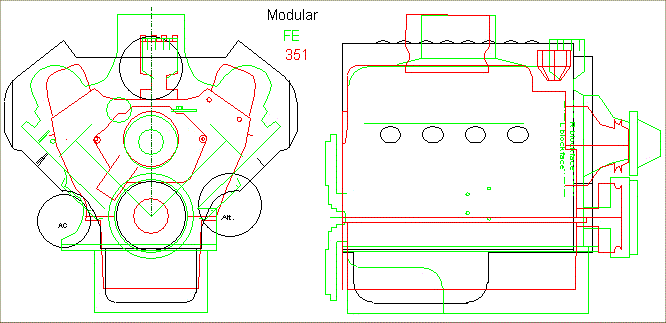Fran or anybody for that matter. Has anyone used one of Ford's modular V-8's in an RCR yet? I did a search and didn't see anything. It's entirely possible the package would be too wide however they are relatively short packages since they were origionally designed for FWD configs. Just curious and would love to see a build page if someone has sorted this
Tim
Tim



